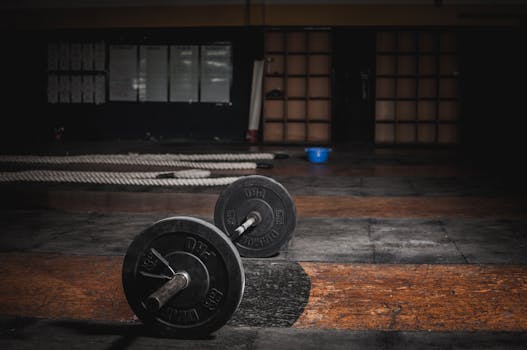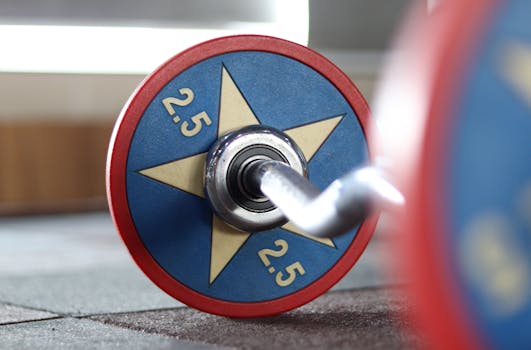
Beginner’s Guide to Strength Training at Home
Strength training at home is a great way to get in shape and improve your overall health. With the help of WordPress, you can easily create a workout routine and track your progress. In this article, we will provide a comprehensive guide for beginners on how to start strength training at home.
Introduction to Strength Training

Strength Training at Home is a type of physical activity that aims to improve muscle strength and endurance. It involves using weights, resistance bands, or your own body weight to challenge your muscles and stimulate growth. Regular strength training can help you build muscle, increase bone density, and boost your metabolism.
Benefits of Strength Training at Home

There are many benefits to strength training at home, including:
- Convenience: You can work out from the comfort of your own home, without having to commute to a gym.
- Cost-effective: You don’t need to spend money on gym memberships or expensive equipment.
- Flexibility: You can create a workout routine that fits your schedule and preferences.
- Privacy: You can work out in the privacy of your own home, without feeling self-conscious about your body or abilities.
Getting Started with Strength Training at Home

To get started with strength training at home, you will need to:
- Set up a workout space: Designate a space in your home for working out, and make sure it is safe and free from distractions.
- Choose your equipment: You can start with bodyweight exercises, or invest in a few pieces of equipment such as dumbbells, resistance bands, or a pull-up bar.
- Create a workout routine: Develop a routine that includes a mix of exercises that target different muscle groups, such as arms, legs, chest, back, and shoulders.
- Start slow: Begin with lighter weights and gradually increase the intensity and difficulty of your workouts as you get stronger.
Sample Workout Routine for Beginners

Here is a sample workout routine for beginners that you can follow:
| Day | Exercise | Sets | Reps |
|---|---|---|---|
| Monday (Chest and Triceps) | Push-ups | 3 | 10-12 |
| Monday (Chest and Triceps) | Tricep dips (using a chair or bench) | 3 | 10-12 |
| Tuesday (Back and Biceps) | Bodyweight rows (using a towel or resistance band) | 3 | 10-12 |
| Tuesday (Back and Biceps) | Bicep curls (using dumbbells or water bottles) | 3 | 10-12 |
| Wednesday (Rest day) | |||
| Thursday (Legs) | Squats | 3 | 10-12 |
| Thursday (Legs) | Lunges | 3 | 10-12 (per leg) |
| Friday (Shoulders and Abs) | Plank | 3 | 30-60 seconds |
| Friday (Shoulders and Abs) | Shoulder press (using dumbbells or water bottles) | 3 | 10-12 |
Tracking Progress and Staying Motivated

To track your progress and stay motivated, you can:
- Use a workout log or journal to record your exercises, sets, reps, and weights.
- Take progress photos and measurements to track visual changes in your body.
- Set realistic goals and rewards for yourself, such as completing a certain number of workouts or reaching a new personal best.
- Find a workout buddy or join a fitness community to stay accountable and motivated.
Remember, strength training at home requires patience, consistency, and dedication. With a well-structured workout routine and the right mindset, you can achieve your fitness goals and improve your overall health and well-being.
Conclusion

In conclusion, strength training at home is a great way to get in shape and improve your overall health. With the help of WordPress, you can easily create a workout routine and track your progress. Remember to start slow, be consistent, and stay motivated, and you will be on your way to achieving your fitness goals.



